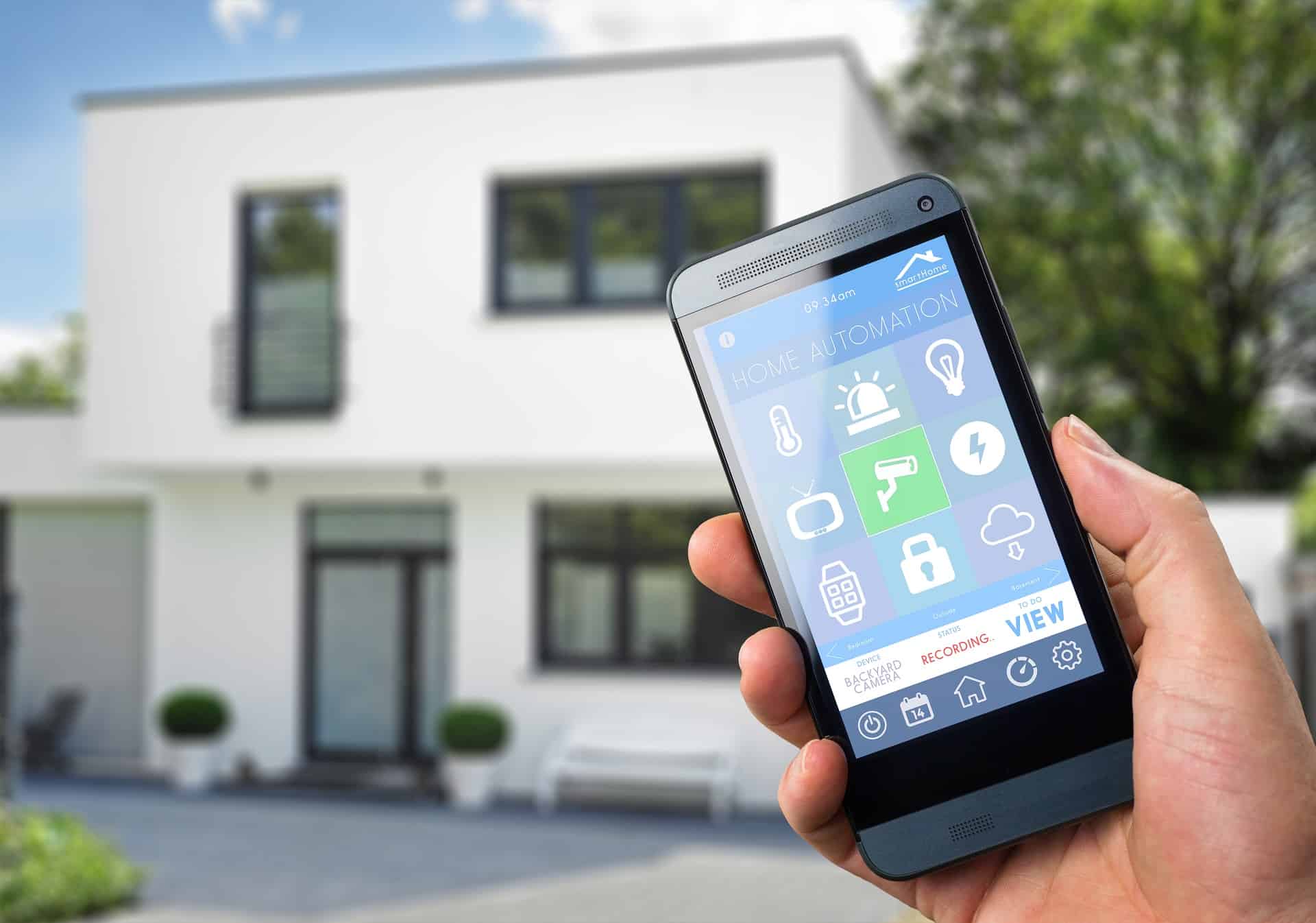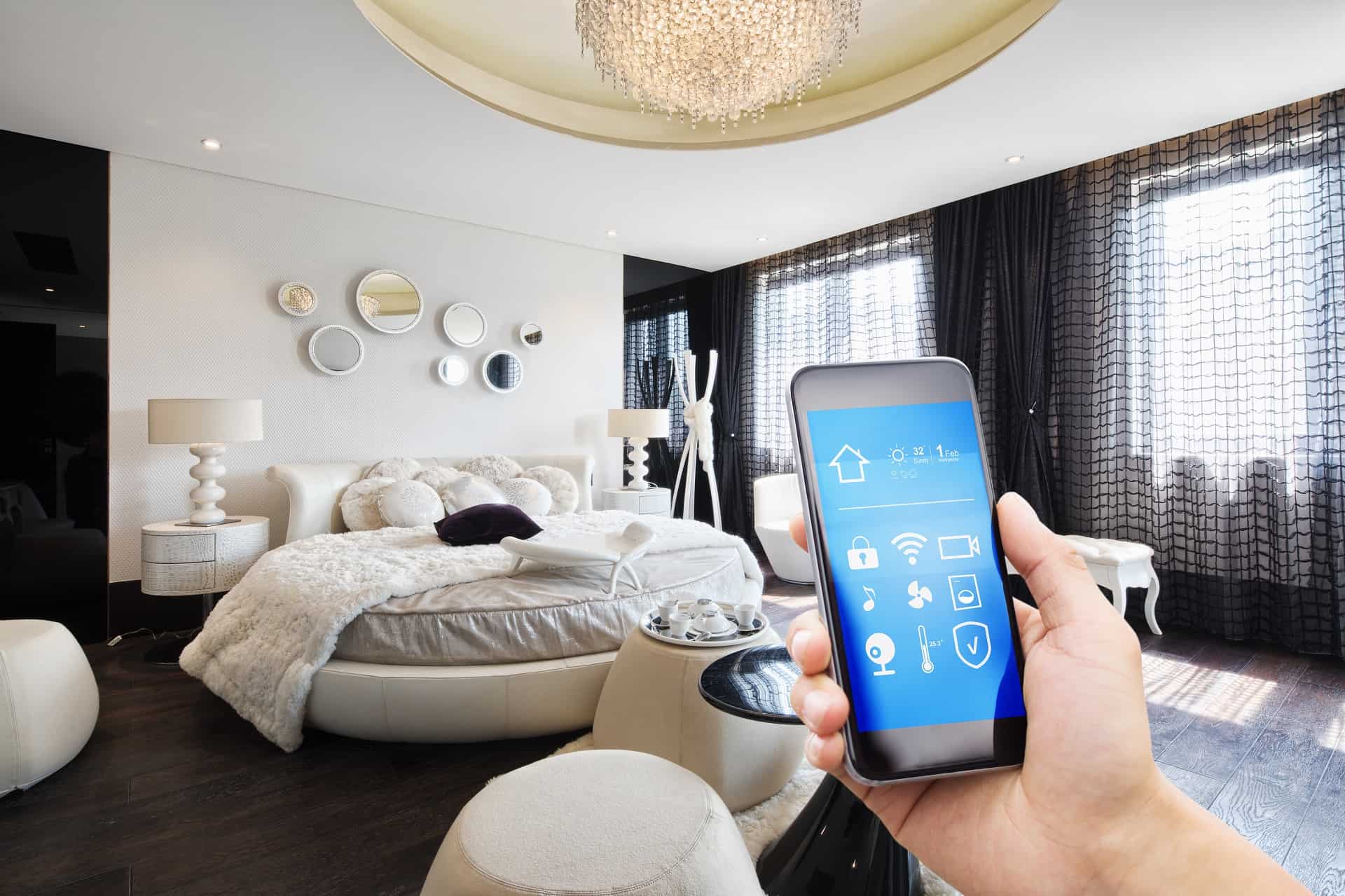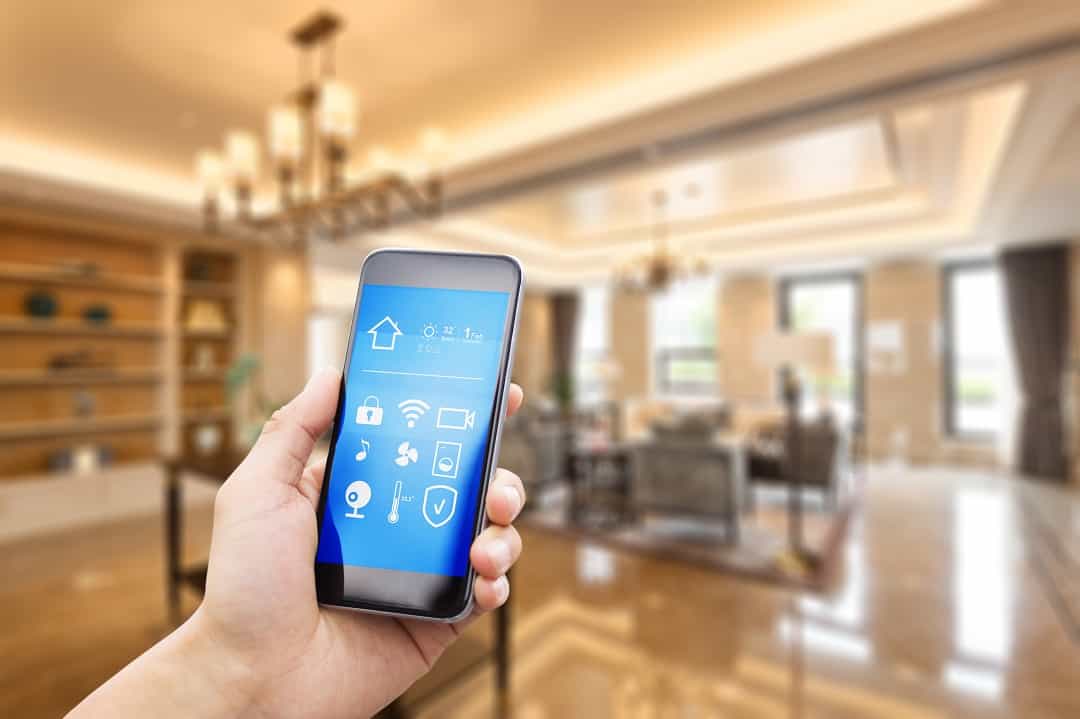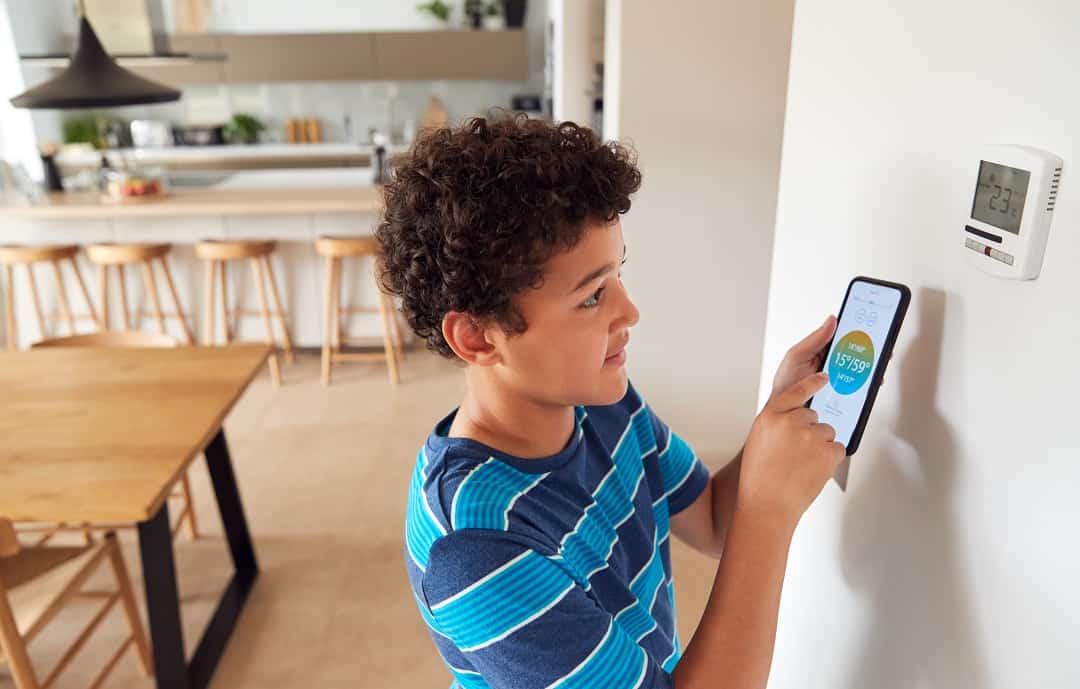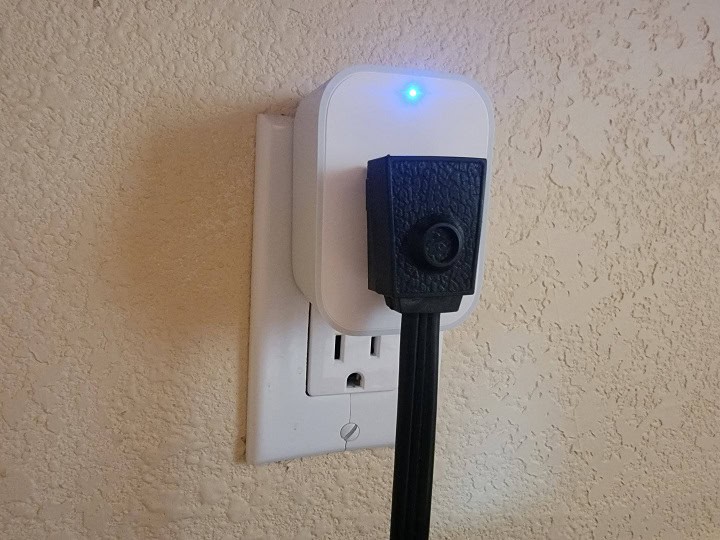Are you ready to step into the future with your house? Smart home technology is revolutionizing the way we interact with our living spaces, making our homes more convenient, efficient, and secure. If you’re curious about all the buzz surrounding smart home devices but don’t know where to start, you’ve come to the right place. In this smart home guide, we’ll walk you through the basics of smart home technology, explaining everything from what it is and how it works, to the benefits and potential challenges of embracing this exciting trend. Whether you’re a tech-savvy enthusiast or a complete beginner, this post will provide you with the knowledge and confidence to transform your home into a smart, connected oasis.
What is Smart Home Technology?
Smart home technology refers to the integration of various devices and systems in a home that can be controlled remotely or automated to perform tasks and functions. These devices are connected to a central hub or a network, allowing you to manage and monitor them using a smartphone, tablet, or computer. Examples of smart home devices include smart thermostats, smart lighting systems, smart security cameras, smart locks, and smart appliances.
Benefits of Smart Home Technology
Convenience and Efficiency
One of the major advantages of smart home technology is the convenience it offers. With a smart home system, you can control various aspects of your home with just a few taps on your smartphone or through voice commands. This allows you to adjust the temperature, turn on or off lights, lock or unlock doors, and even start appliances remotely. With a smart garage door opener, you can even check on your garage door and close it remotely if you forgot! A smart home saves you time and effort by automating routine tasks, making your home more efficient and easier to manage.
Enhanced Security
Smart home technology provides an added layer of security to your home. With smart home security cameras, motion sensors, and door/window sensors, you can monitor your home in real-time and receive instant alerts on your smartphone if any suspicious activity is detected. You can also remotely control your security system, allowing you to arm or disarm it from anywhere. This gives you peace of mind and helps protect your home and loved ones.
Energy Saving
Another significant benefit of smart home technology is its ability to help you save energy. Smart thermostats, for example, can learn your habits and adjust the temperature settings accordingly, optimizing energy usage. You can also remotely control your lights and appliances, ensuring they are not left on when not in use. By reducing energy wastage, smart home technology can help lower your utility bills and make your home more environmentally friendly.
Customization and Personalization
Smart home technology allows you to customize and personalize your living environment to suit your preferences and needs. Through smart home systems, you can create customized settings and schedules for different devices, such as lighting and temperature control. This allows you to create the perfect ambiance for different occasions and adjust your home to your liking. With the ability to integrate various smart devices, you can create a truly personalized and interconnected home ecosystem.
Popular Smart Home Devices
Smart home technology has become increasingly popular in recent years, offering convenience and efficiency to homeowners. There are literally hundreds of different smart home products available today, with more becoming available every day. Here are some of the most popular smart home device types:
Smart Speakers
Smart speakers, such as Amazon Echo or Google Home, are voice-activated devices that can play music, answer questions, control other smart devices, and more.
Smart Thermostats:
Smart thermostats, like the Nest Learning Thermostat, allow you to control your home’s temperature remotely, saving energy and money. You can easily adjust the temperature using your smartphone or even through voice commands with compatible smart speakers.
Smart Lighting:
With smart lighting systems, such as Philips Hue, you can control the brightness and color of your lights using a mobile app or voice commands. You can set schedules, create different lighting scenes, and even sync the lights with music or movies for a more immersive experience.
Smart Security Systems:
Smart security systems, like Ring or Arlo, provide enhanced home security with features like video doorbells, security cameras, and motion sensors. You can monitor your home security cameras remotely, receive alerts on your smartphone, and even communicate with visitors or potential intruders.
Robot Vacuums:
Just about everyone knows about robot vacuums these days, but did you know that they can be integrated into your smart home too? Robot vacuums can be automatically triggered by your smart home controller or remotely, cleaning up your house while you’re away or whenever you ask.
How to Get Started with Smart Home Technology
Smart home technology offers the promise of a more convenient and efficient lifestyle. Whether it’s lights that adjust to your needs or systems that save energy, starting with smart home devices can be both exciting and beneficial.
Firstly, set clear goals. Do you want to enhance security, reduce energy bills, or simply add convenience to daily tasks? With a purpose in mind, you can make better choices. For beginners, it’s advisable to start with basic devices like a smart light bulb or a smart plug. These devices are cost-effective, straightforward to set up, and often come with intuitive apps that guide you through the installation and usage. Just make sure that the device you pick is compatible with multiple central controller devices, this will give you more options as you expand your smart home.
As you become more comfortable, consider investing in central devices like the Amazon Echo or Google Nest. These act as command centers, allowing you to control multiple devices and even use voice commands. Remember, the journey into smart home technology doesn’t require a big leap; small, thoughtful steps can lead to a seamlessly integrated smart home.
FAQ
What is smart home technology?
Smart home technology refers to a collection of devices and systems that are designed to automate and enhance various aspects of your home. It allows you to control and monitor different functions of your home, such as lighting, heating, security, and entertainment, through a centralized hub or smartphone app. With smart home technology, you can easily adjust the temperature, turn on/off lights, lock doors, or even play your favorite music, all at the touch of a button or through voice commands. These devices are typically connected to your home’s Wi-Fi network and can communicate with each other, making your daily tasks more convenient and efficient. The possibilities are endless, and smart home technology is constantly evolving to offer new features and integrations.
How does smart home technology work?
Smart home technology works by utilizing devices that are connected to the internet and can be controlled remotely. These devices, known as smart devices, communicate with each other and with a central hub or controller. This hub acts as the brain of the smart home system, allowing users to control and automate various functions and features of their home, such as lighting, heating, security systems, and even appliances. Smart devices can be controlled through mobile apps, voice commands, or programmed schedules. For example, you can turn off the lights or adjust the thermostat using your smartphone or voice assistant. The hub ensures that all devices work together seamlessly, creating a convenient and efficient smart home ecosystem.
What are the benefits of using smart home technology?
There are main benefits of having a smart home are ease of use, saving money, and more security. Firstly, it offers convenience and ease of use. With smart devices, you can control your home’s lighting, temperature, security, and more, all from a single app on your phone or with voice commands. This means no more fumbling for light switches or adjusting thermostats manually. Secondly, smart home technology can help you save money on energy bills. By automating and optimizing your home’s energy usage, you can reduce wastage and lower your overall energy consumption. Thirdly, it enhances home security. Smart security devices like a smart smoke detector allow you to monitor your home remotely, receive real-time alerts, and even control access to your property. Lastly, smart home technology can improve your quality of life by adding entertainment options, such as streaming music or videos, and enabling smart appliances that can simplify daily tasks. Overall, smart home technology offers convenience, energy savings, enhanced security, and an improved living experience.
What devices can be controlled using smart home technology?
Smart home technology allows you to control a wide range of devices in your home. From lighting and thermostats to security systems and appliances, there are countless possibilities. You can easily adjust the brightness and color of your lights, set the temperature in your home from your smartphone, and even monitor your home’s security cameras from anywhere in the world. Smart plugs can turn any appliance into a smart device, allowing you to control them remotely or even set schedules for when they should turn on or off. With smart home technology, the possibilities are endless, and you can create a fully automated and customized home experience.
How do I set up a smart home system?
Setting up a smart home system is easier than you might think. The first step is to choose a smart home hub, which acts as the central command center for all your smart devices. Popular options include Amazon Echo, Google Home, and Apple HomePod. Once you have a hub, you can start adding smart devices to your home. These devices can include smart lights, thermostats, door locks, security cameras, and more. Most smart devices connect to your hub wirelessly through Wi-Fi or Bluetooth, making installation a breeze. Simply follow the manufacturer’s instructions to connect each device to your hub, and you’ll be well on your way to enjoying the convenience and automation that smart home technology offers.
Is smart home technology secure?
Yes, smart home technology can be secure if proper precautions are taken. Just like with any internet-connected device, there is always a potential risk of security breaches. However, many smart home devices and platforms offer robust security measures to protect your data and privacy. It is important to choose reputable brands and products that have built-in security features such as encryption and two-factor authentication. Additionally, regularly updating your devices’ software and using strong passwords will further enhance the security of your smart home system. It is also advisable to keep your home network secure by using a strong Wi-Fi password and enabling network encryption. By following these guidelines, you can enjoy the convenience and benefits of smart home technology with peace of mind.
Can I control my smart home devices remotely?
Yes, you can control your smart home devices remotely. One of the key features of smart home technology is the ability to control your devices from anywhere, as long as you have an internet connection. This means that even if you’re not at home, you can still turn on the lights, adjust the thermostat, or check the security cameras using your smartphone or tablet. Most smart home devices are connected to a central hub or a smart speaker, which acts as a bridge between your devices and the internet. By using a dedicated app or a virtual assistant like Alexa or Google Assistant, you can easily manage and monitor your smart home devices from anywhere in the world.
What are some popular smart home platforms or systems?
Some popular smart home platforms or systems include Amazon Alexa, Google Assistant, Apple HomeKit, and Samsung SmartThings. These platforms serve as the central hub for controlling and integrating various smart devices in your home. Amazon Alexa works with a wide range of devices and offers a vast selection of skills and smart home integrations. Google Assistant is known for its powerful voice recognition and seamless integration with Google services. Apple HomeKit offers a secure and user-friendly platform for controlling smart devices using Apple devices like the iPhone or iPad. Samsung SmartThings is a versatile platform that works with a wide range of devices and offers a user-friendly app for controlling and automating your smart home.
How much does smart home technology cost?
The cost of smart home technology can vary depending on the type of devices and the level of automation you desire. Basic smart home devices, such as smart light bulbs or plugs, can start as low as $10 to $20 each. More advanced devices, like smart thermostats or security systems, can range from $100 to several hundred dollars. Additionally, there may be additional costs for installation, subscription fees for certain services, or the need for a smart hub to control multiple devices. It’s important to determine your budget and prioritize the features you want before investing in smart home technology.
Can I integrate different brands of smart home devices?
Yes, you can definitely integrate different brands of smart home devices. One of the great things about smart home technology is that it is designed to be compatible with a wide range of devices from various brands. Many smart home platforms, such as Amazon Alexa or Google Assistant, are designed to work with a wide range of devices, regardless of the brand. This means that you can mix and match devices from different brands and control them all through a single interface or app. However, it’s important to note that some devices may require a hub or bridge to connect to your network, so be sure to check compatibility before making a purchase.
What are some common challenges or issues with smart home technology?
Common challenges or issues with smart home technology can vary depending on the specific devices or systems being used. One common challenge is compatibility between different brands or platforms. It’s important to ensure that all your smart devices are compatible with each other and can be controlled from a single app or hub. Another challenge is the potential for connectivity issues, such as Wi-Fi signal strength or interference. This can affect the reliability and responsiveness of your smart devices. Additionally, privacy and security concerns are also common challenges with smart home technology. It’s crucial to choose devices from reputable brands and regularly update their firmware to protect against potential vulnerabilities. Lastly, learning how to set up and troubleshoot smart devices can be a challenge for beginners, but with proper research and following the instructions, these issues can be overcome.
Are there any privacy concerns with smart home technology?
Yes, there are privacy concerns with smart home technology, but they can be mitigated with proper precautions. When you connect your devices to the internet and use voice commands or smartphone apps to control them, it’s important to understand that data is being collected and stored. This data can include information about your daily routines, preferences, and even sensitive details like when you’re home or away. To protect your privacy, it’s recommended to choose reputable brands that prioritize data security, enable strong passwords for your devices, and regularly update their firmware. Additionally, you can review and adjust the privacy settings of your devices and be cautious about granting unnecessary permissions to third-party apps. Being proactive about your privacy can help you enjoy the convenience and benefits of smart home technology while minimizing any potential risks.
Can smart home technology save energy and reduce utility bills?
Yes, smart home technology can indeed save energy and reduce utility bills. One of the key benefits of smart home devices is their ability to automate and optimize energy usage. For example, smart thermostats can learn your temperature preferences and adjust the heating or cooling accordingly, ensuring that energy is not wasted when you’re not at home. Additionally, smart plugs can be used to remotely control and monitor the energy consumption of appliances and electronics, allowing you to identify energy-hungry devices and make adjustments. By intelligently managing your home’s energy usage, smart home technology can help you lower your utility bills and contribute to a more sustainable lifestyle.
What are some examples of smart home devices and their uses?
Smart home technology has revolutionized the way we live and interact with our homes. There is a wide range of smart home devices available to cater to various needs and preferences. Some popular examples include smart thermostats, which allow you to control and program your home’s temperature remotely, saving energy and ensuring comfort. Smart lighting systems enable you to adjust the brightness and color of your lights with a simple voice command or through an app on your smartphone. Smart security cameras provide real-time video monitoring of your home, allowing you to keep an eye on your property even when you’re away. Other devices, such as smart locks, smart speakers, and smart plugs, offer convenience and connectivity, making it easier to control your home’s functions and appliances with just a few taps on your phone or a voice command to a virtual assistant. With the increasing popularity of smart home technology, the possibilities are endless, and you can find devices to suit almost any aspect of your home life.
How can smart home technology improve convenience and comfort in my home?
Smart home technology can greatly enhance convenience and comfort in your home by automating various tasks and providing control over your devices and appliances. With smart home devices, you can remotely control and monitor your lights, thermostats, security systems, and even your kitchen appliances through your smartphone or voice commands. This means you can turn on the lights or adjust the temperature before you even step foot in your house, ensuring a comfortable environment upon your arrival. It can also integrate with other devices, such as smart speakers or virtual assistants, allowing you to control multiple aspects of your home with a simple voice command. Overall, smart home technology offers unparalleled convenience and comfort, making your daily life easier and more enjoyable.
In Summary
Thank you for taking the time to read this blog post. We hope that you found the information provided helpful and insightful in understanding the basics of smart home technology. As technology continues to advance, it is becoming increasingly important to stay informed and adapt to the changing landscape of our homes. Whether you are considering implementing smart home devices or simply curious about the possibilities, we hope that this guide has given you a solid foundation to build upon. Remember, the world of smart home technology is vast and ever-evolving, so don’t hesitate to explore further and discover new and exciting ways to make your home smarter and more convenient.
